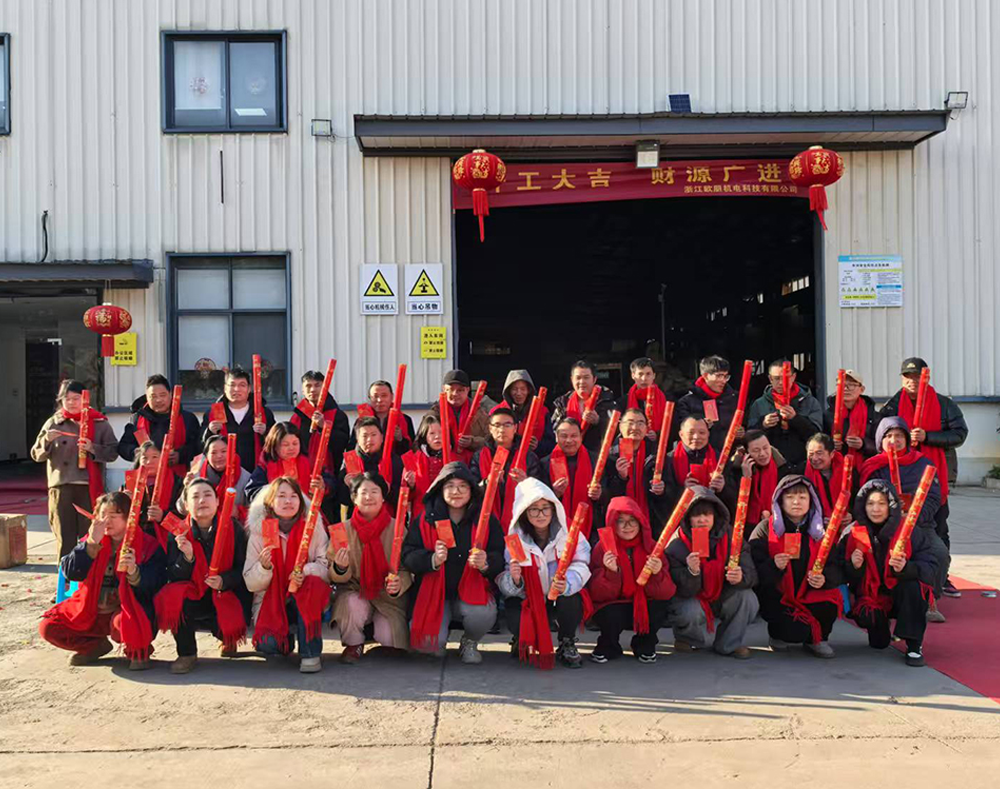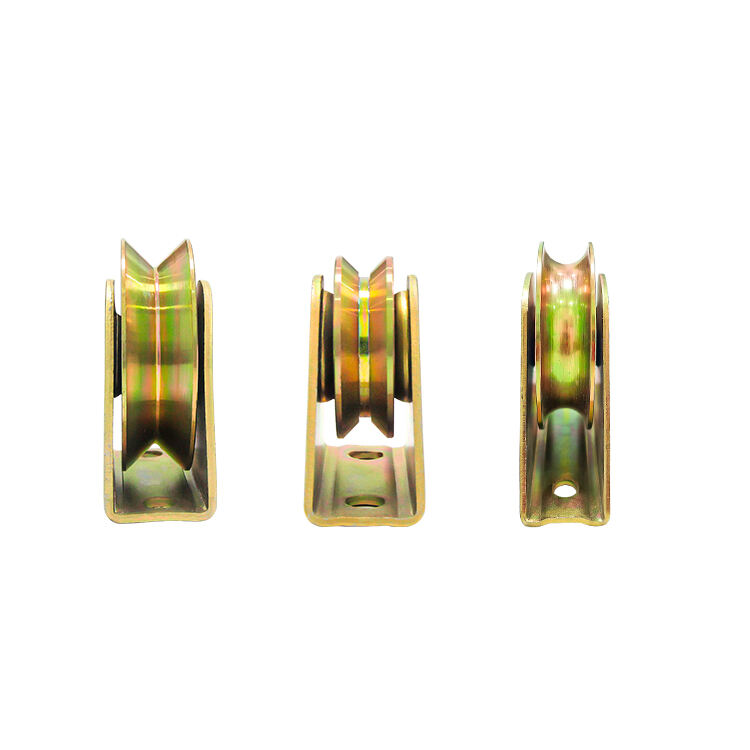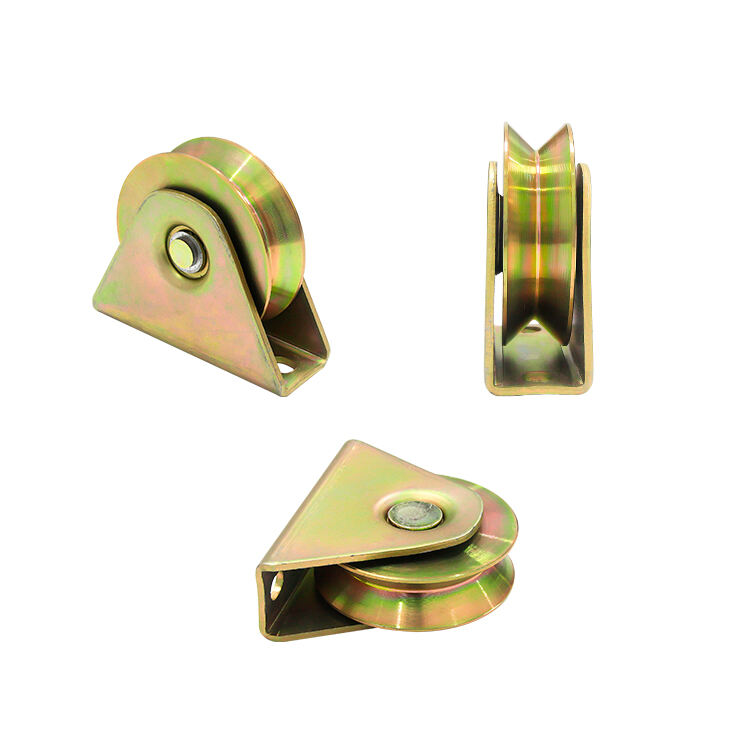The historic sliding gate track system is at the heart of modern automation standbys, allowing gates to effortlessly slide and support immense weight. There are three primary components of this mechanism: the track (a steel or aluminum rail for movement), rollers (wheels attached to the gate that move along the track), and support brackets (holding the track to the ground). If this is well maintained, all of these systems are synchronized to provide a long service and functioning years.
Given that track maintenance is neglected, it becomes cascade of issues. Motors and rollers wear down or are strained when exposed to the vibrations and heavy loads of misaligned epicyclic gearboxes caused by movement in loose brackets, or ground shifts. Particles such as leaves, gravel and similar can gather in those tracks and grind against moving parts. Uncoated drip edges quickly rust away when exposed to moisture, as you can see in this case — dramatically reducing the system life by 50% or more in coastal or high-humidity areas.
Proactive maintenance preserves safety and cost-efficiency. Well-aligned tracks reduce energy consumption by up to 20% compared to compromised systems. Smooth operation minimizes stress on motors and hinges, delaying costly repairs. For automated gates, clean tracks ensure safety sensors function correctly, preventing accidents caused by delayed response times.
Inspect and Clean the Sliding Gate Track Regularly to Prevent Damage
Inspecting Track Alignment and Identifying Misalignment Issues
Sliding gate track alignment ensures unrestricted ease of motion, and to avoid the likelihood of premature wearing too closely. While the track is off, use a level to verify that the tracking runs evenly across its entire length and not outwards towards one side resulting in any gaps in between them. This strain or warping contributes to damage over time, and even minor deviations (with as little of a variance as 1/8 of an inch) can cause uneven friction. Search for visible damage on the rollers, which could be a sign that it is not aligned properly
Removing Debris From the Track
Debris accumulation is the leading cause of sliding gate malfunctions. Sweep tracks weekly using a stiff-bristle brush to dislodge compacted dirt, and clear leaves or stones that might jam rollers. For stubborn grime, apply a water-and-mild-detergent solution, then dry thoroughly with a microfiber cloth.
Keeping the Track Dry to Prevent Rust
Moisture accelerates corrosion, particularly in coastal climates where salt air increases rust risk. After cleaning, apply a silicone-based rust inhibitor every 3 months to metal tracks. Avoid oil-based products, which attract dust.
Assessing Structural Wear
Inspect tracks quarterly for cracks, bends, or rust scaling. Use a flashlight to examine hard-to-see areas under brackets or joints. Surface rust can often be sanded away and treated with corrosion-resistant paint, but deep pitting (>1 mm depth) signals replacement urgency.
Lubricate the Sliding Gate Track and Rollers Correctly for Smooth Operation
Choosing the Right Lubricant
Selecting an appropriate lubricant prevents friction-induced wear and extends your sliding gate track’s lifespan. Silicone-based lubricants or white lithium grease are ideal for metal tracks and rollers—they resist moisture and won’t attract debris like oil-based alternatives.
Lubricating Rollers Properly
Apply lubricant sparingly to rollers, hinges, and bearings using a microfiber cloth or narrow brush. Over-saturation creates sticky surfaces that trap dirt. After application, manually slide the gate back and forth twice to distribute lubrication evenly.
Recommended Lubrication Frequency
Most systems benefit from lubrication every 3-6 months, but gates in sandy or coastal regions may need quarterly treatment. Use spray lubricants for precise application on vertical tracks, holding the nozzle 6-8 inches from surfaces.
Identify and Resolve Common Sliding Gate Track Problems Promptly
Diagnosing Track Misalignment
Misalignment is a leading cause of uneven gate movement. Signs include visible gaps between rollers and the track, grinding noises, or the gate veering sideways. Temporarily clean the track and tighten hardware—if jerking persists, professional realignment is often necessary.
Resolving Noise from Inadequate Lubrication
Friction-induced noise often signals insufficient lubrication. Apply a silicone-based lubricant to rollers and the track channel. Prioritize cleaning debris before lubrication.
When to Repair vs. Replace
| Condition | Repair | Replace |
|---|---|---|
| Minor surface rust | Sand and apply rust inhibitor | Not necessary |
| Bent track section | If localized, use hydraulic jack to straighten | If >30% of track is warped |
| Deep corrosion pits | Temporary epoxy fillers | Full track section replacement |
For tracks with >50% structural compromise, replacement ensures long-term reliability.
Avoiding Forced Operation When Obstructed
Forcing a sliding gate to move when its track is obstructed is a leading cause of preventable system damage. Conduct a full visual inspection to identify obstacles like rocks or branches before restarting the system.
Ensuring Safety Sensors Work Properly
Test photoelectric sensors monthly by placing a lightweight object in the gate’s path—the gate should stop or reverse within 2 seconds. Misaligned sensors reduce detection accuracy, so clean optical surfaces with a microfiber cloth and adjust alignment per manufacturer guidelines.
FAQ
Why is sliding gate track maintenance important?
Maintenance is crucial to ensure the smooth operation, prevent wear and tear on your gate system, and extend its lifespan while preserving safety and cost-efficiency.
How often should I clean the sliding gate track?
It's recommended to sweep debris and clean the sliding gate track weekly to prevent malfunctions due to dirt accumulation.
What type of lubricant is best for sliding gate tracks?
Silicone-based lubricants or white lithium grease are ideal choices for metal tracks, as they resist moisture and do not attract dust.
How can I identify track misalignment issues?
Look for visible gaps between rollers and the track, listen for grinding noises, or observe if the gate veers sideways while operating.




